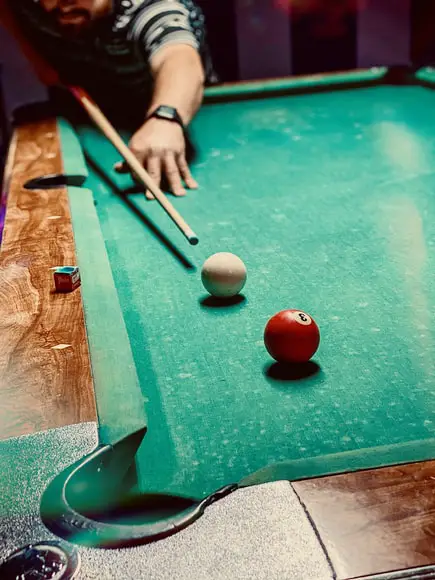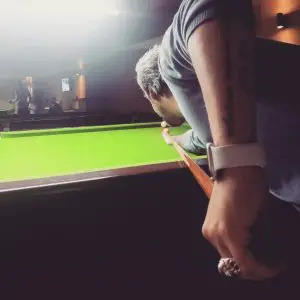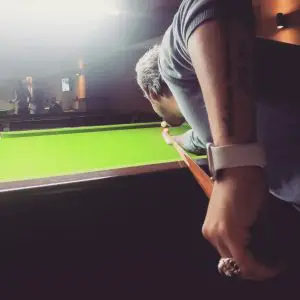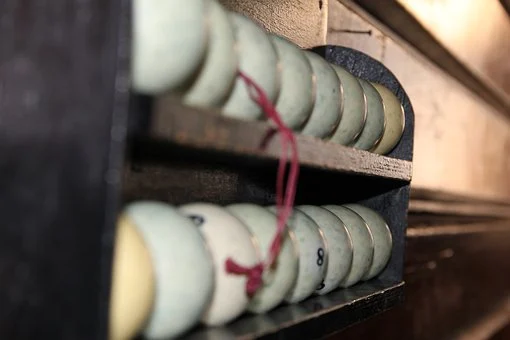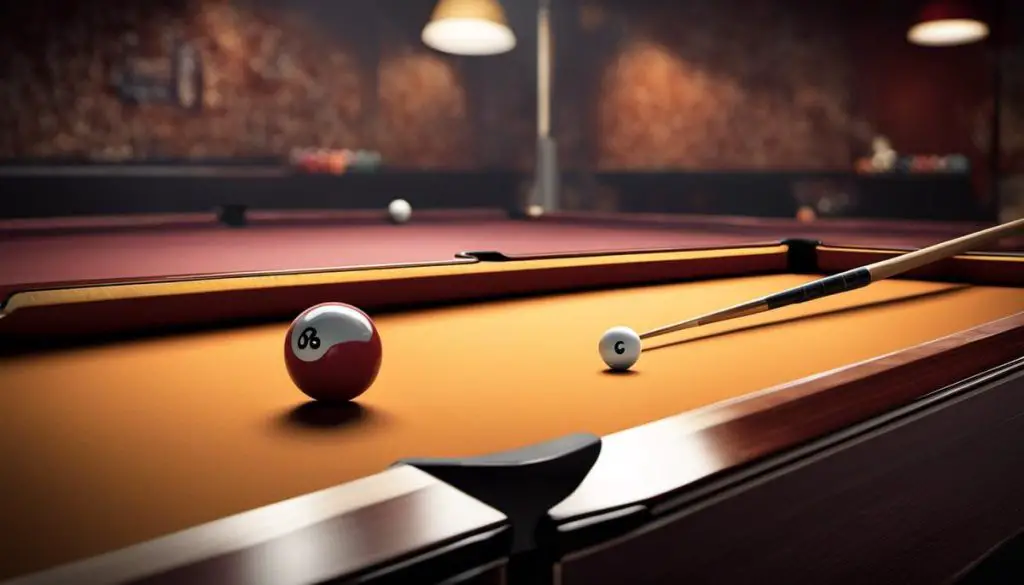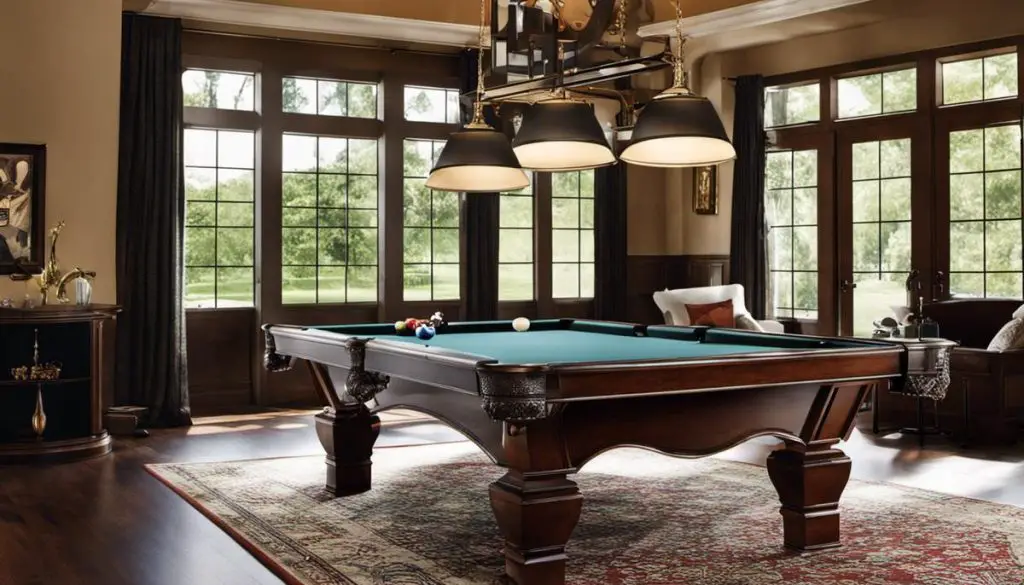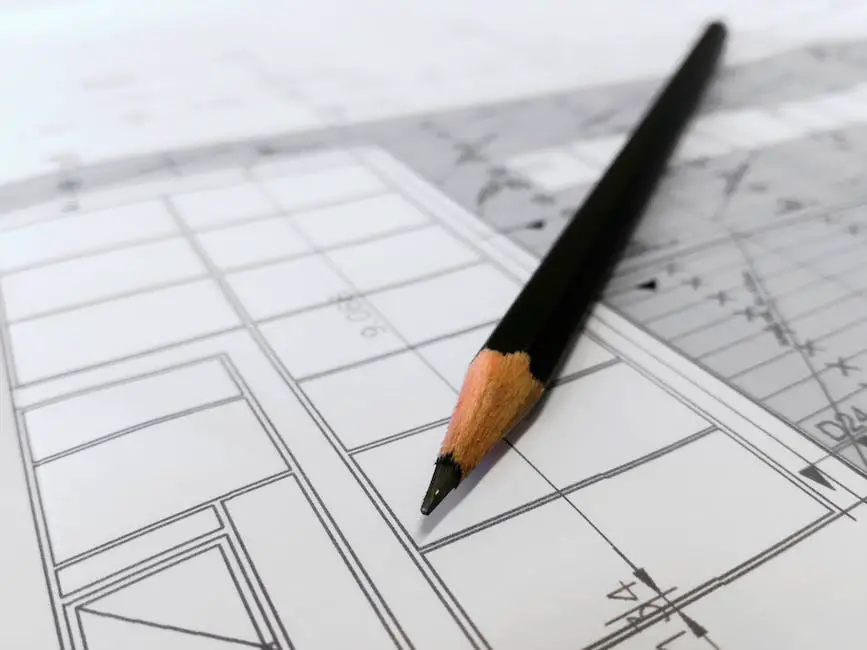How to shoot pool bank shots? There are many different things to think about when shooting bank shots. You need to visualize the shot and figure out the angles, and you also need to make sure you hit the ball in the right spot on the cue ball.
The game is on the line, but you don’t have a table to put your ball on. What are your choices? It’s time to pull off a bank shot! In billiards, a “bank” is an object ball deliberately bounced off the rail, providing an impossible target for your shot.
It may appear to be difficult, but it’s not. There are several methods for accomplishing the task, and we’ll show you how in this article.
What Are Bank Shots?

On a bank shot, an object ball is pocketed using a rail. An object ball may be hit to cushions before being struck by the bank shot object ball. Hitting these shots improves your chances of winning in any scenario.
The geometry of bank shots is straightforward. No, physics is not involved. That’s the topic of this essay. The influence of physics on every bank shot is undeniable, yet it provides the most variety. Any or all of these elements might alter the outcome of a bank shot.
What Should The Return Angle In A Bank Shot?

What should the return angle in a bank shot? In a bank shot, the return angle should equal that of the rail. It is not. Since the ball keeps rolling forward, it always emerges ahead of the geometric line. If you re-shoot with force,
The yellow car did not roll before colliding with the rail due to the force of the collision. It slid along the contact area, keeping it close to the geometric line, which remained a constant reference point.
The distance between the cueball and an object ball in bank shots may make a significant difference. A few decades ago, this was unimaginable. You can pull off an otherwise difficult bank shot by utilizing it.
Due to the object ball’s natural tendency to throw owing to sidespin, you’ll need to modify your aim. To allow the sidespin on the rail to operate, you’ll also need to strike a soft shot.
You should be aware that the object ball will slide when banking near the rail. As a result, the angle of return following rail touch is decreased. The target ball must be struck with a lower contact force to complete this shot. Outside English or throws may be required for some shots to achieve the desired return angle.
When we strike the object balls, they appear to go straighter than they should. The object ball briefly follows the cue ball because of the drag caused by the two balls rubbing together.
Simply making contact with non-native English speakers is enough to repair this frequent beginner mistake. Bank shots where the target ball is within six inches of the rail, for example, are especially hazardous.
What Is Lag Shot?
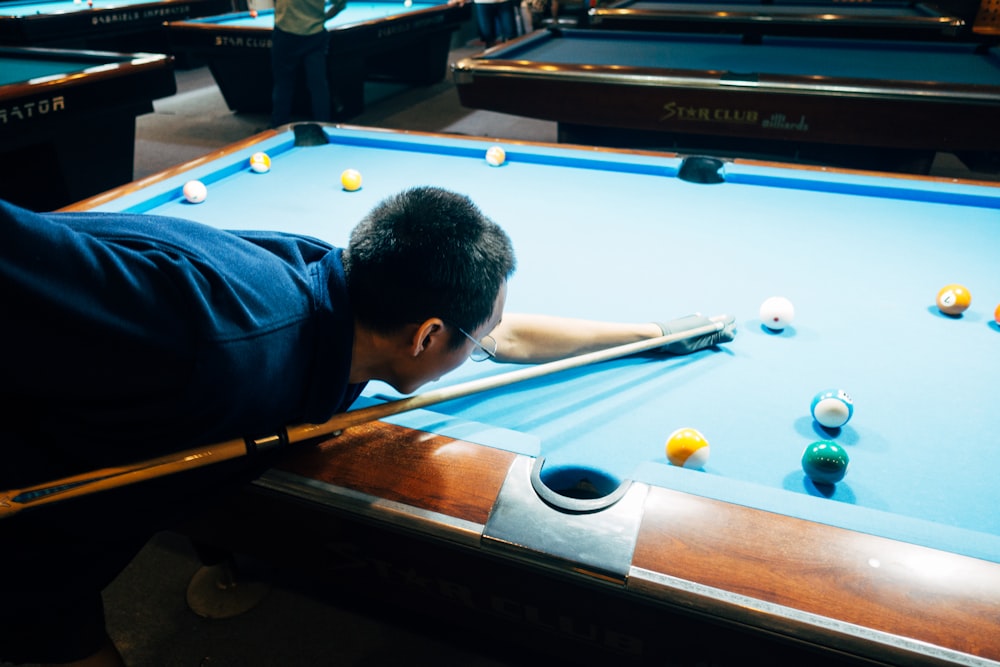
A lag shot is a term used to describe a shot in which the cue ball hits a rail before making contact with an object ball. These shots are useful when you don’t have a direct line of sight to the target ball.
These photographs are essential in the event of a comeback after an opponent’s safety shot. Because changing the speed and spin of the cue ball may result in virtually any return angle after rail contact.
In terms of performance, lag shots outperform object balls. When the ball is in front of a pocket, and you wish to strike first, it’s beneficial to hit a rail first. It’s typical for a lag shot to put you in an excellent spot for your following shot.
Bank Shots Tips For Beginner – How to shoot pool bank shots?

The pool is a game that anyone can enjoy. Whether you’ve never played before or you’re a seasoned pro, shooting pool is fun. You may also have a blast working on your shot, spending time with your family, or meeting new individuals at an 8-ball game.
The bank shot, also known as banking the ball or cue of one or more rails, is a fundamental stage in the progression of new billiards players. Here are three important things to remember while practising your bank shot vocabulary:
1. Inward and outward angles
When preparing to execute your bank shot, keep this idea in mind. The object ball will bounce off the rail at an angle equal to its approach in general. This easy method can assist you in learning how to bank. Other aspects will influence your shot, of course.
Another thing to note is that, as the distance between you and the object increases, the angle becomes more extreme. A long bank shot will appear more dramatic at a tight angle as the object ball rolls over the table.
2. Keep an Eye on Your Speed
Your shot’s velocity determines the rail’s ability to change the angle. Depending on how hard you strike the cue ball on the rails, which are cushioned, your bank shot will bounce back in various ways.
The speed of your strokes determines the angle between the tee and the cup. A slower, softer stroke will narrow the gap, while a faster-moving ball will widen it. Play with shot velocity to fine-tune your bank shots after mastering the “angle in, angle out” technique.
3. Conduct a spot check
On most pool tables, railings between pockets will be indicated. They’re not just decorations! When bank shots combine physics and geometry, they’re known as sights.
Sight blades that are rounded or diamond-shaped allow you to view bank shot angles and provide you with a focal point along the rail where to aim. Make the most of them!
Bank shots, like any other billiards skill, require practice, but with this beginning’s guidance, you’ll be well on your way to mastering the technique.
Similar Articles You May Like To Read:

